ESG IN AGRICULTURE








Agriculture is the root of our existence and all living beings. As nature provides us with sustenance, it is our duty to protect it as well. Agricultural activities are classified as:
Crops: plants and trees that provide us all vegetables, fruits, grains, and seeds.
Trees: for sap, rubber, and other end uses.
Animals (including insects): breeding and rearing livestock (animal husbandry).
Aquaculture and Fishing: culturing or farming of aquatic organisms, and capturing wild aquatic organisms.
Agriculture contributes to 22% of total global emissions and 70% of freshwater withdrawals globally (IPCC, 2022), as well as loss in biodiversity due to excessive land use.
Sources:
International Panel on Climate Change, Sixth Assessment Report, Climate Change 2022: Mitigation of Climate Change, the Working Group III contribution, 2022.
GRI 13: Agriculture, Aquaculture and Fishing Sectors 2022
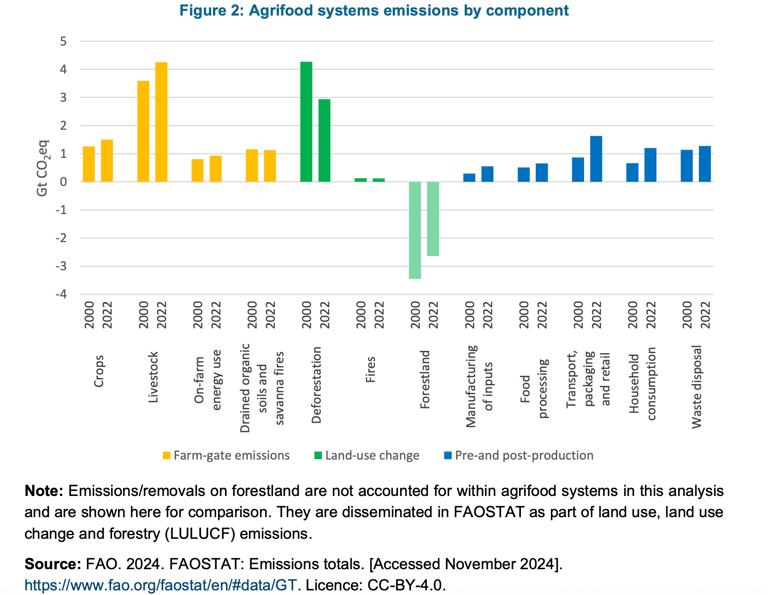

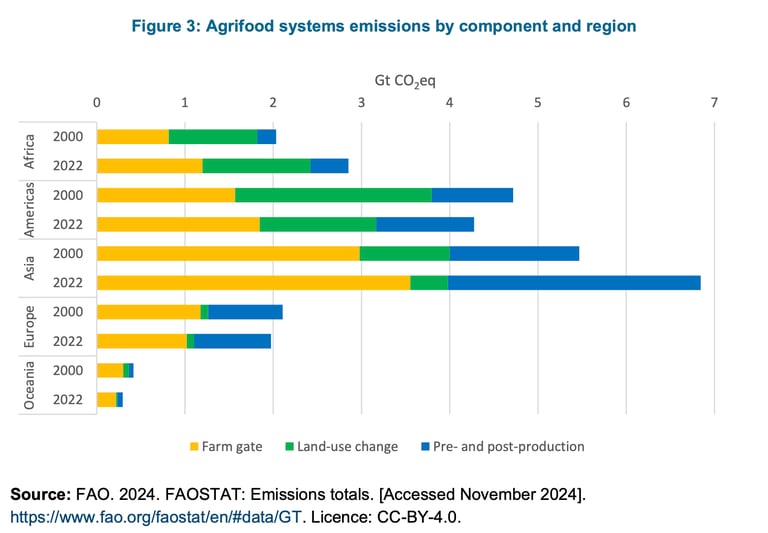

Source:
FAO. 2024. Greenhouse gas emissions from agrifood systems – Global, regional and country trends, 2000–2022. FAOSTAT Analytical Brief Series, No. 94. Rome. https://openknowledge.fao.org/handle/20.500.14283/cd3167en
ENVIRONMENTAL FACTORS
Emissions: Emissions associated with land use and land management—including forest management (or deforestation) and soil management—are high. Forests and soil are essential for reducing carbon in the atmosphere and therefore must be preserved. Other types of emissions include those from harvesting machinery and vehicles, livestock management (manure), transportation, and energy use in processing or milling activities. Emissions associated with fishing activities include fuels used for fishing vessels, transportation, and storage (refrigeration).
Climate adaptation: Climate adaptation and resilience poses significant challenges as disruptions can cause reduced yields which disrupts quality and amount of food in circulation which threatens food security and income of farmers and other stakeholders.
Biodiversity: Threats to biodiversity include loss of species, exploitation, extinction, pollution, climate change, altered food chain relationships, and invasive species. These threats are driven by deforestation, overfishing, air pollution, soil and water contamination, ocean acidification, “ghost fishing,” and extreme weather events.
Water: Water is a critical resource in agriculture, making its management essential. It is required for crop production, crop processing (e.g., milling), animal husbandry, and aquaculture. Both water management and wastewater management are key risks and material factors affecting surrounding ecosystems and communities.
Waste Management: Improper waste management harms all living beings on land and in water. Irresponsible disposal of bio-waste in aquaculture and crop production, as well as plastic waste from production, aquaculture, and fishing activities, has severe consequences. Food waste and loss resulting from production inefficiencies and supply chain gaps are also significant concerns, particularly given the global challenges of poverty and hunger.
Other factors include: Pollinator protection, Surrounding animal welfare, pesticide use and level of toxicity, and soil management.









Content Source: GRI 13: Agriculture, Aquaculture and Fishing Sectors 2022
SOCIAL AND GOVERNANCE FACTORS
Local Communities, their rights, and respecting their land: Agricultural operations affect nearby communities through resource sharing, seasonal labor employment, and land use practices. Local communities include residents seeking employment or economic opportunities, indigenous groups, nomadic populations, and others. Often underrepresented, these communities require organisations to engage with them meaningfully and ensure operations do not harm shared resources or the environment. Respecting these communities involves avoiding land misuse, preventing overutilization of natural resources (leaving adequate supply for dependent populations), and refraining from contaminating or polluting natural elements.
Diversity, Equity and Inclusion: Many agricultural and aquatic operations involve informal and seasonal employment. Globally, informal employment in this sector is estimated at 94% (ILO, 2016). Organizations must ensure, within their operations and supply chain partners, that:
i) workers are treated and paid fairly;
ii) women are treated equally;
iii) migrant workers are supported fairly;
iv) there is no discrimination in pay, benefits, or treatment;
v) there is no workforce exploitation.
Employee Welfare: Key aspects include health and safety provisions, access to healthcare and education, women's rights, and the elimination of forced and child labor. A living income is crucial, as agricultural workers are four times more likely to live in poverty than workers in other industries (World Bank, 2016). Agriculture is a major source of global employment, but high informality rates create oversight challenges. Many agricultural sites are in rural areas with limited amenities and income opportunities. Employee welfare assessments should cover income, equality, women's rights, healthcare, living standards, education, and training. They must also address severe risks such as child labor and slavery.
Cooperatives and farmers organisations: Cooperatives can enforce DEI initiatives, represent farmers fairly, and provide guidance and communal support across their regions. They can also assist in negotiating fair prices, given the volatility of commodity markets.
Animal heath and welfare: Ensuring the “five freedoms” of animal welfare safeguards both physical and mental well-being. This includes humane treatment in farms, fisheries, and aquaculture, avoiding chemical substances or genetic modifications for faster production, providing adequate living space, and eliminating distressing or painful husbandry and fishing practices. Fair, humane, and ethical treatment of animals in husbandry should be a global regulatory requirement. This includes respecting animals’ natural space, avoiding unnatural production enhancements, and eliminating illegal fishing and overfishing practices.
Food Safety and Security: Managing food and related inputs is essential to prevent illnesses and outbreaks. Risks include environmental contamination from pesticide residues, heavy metals, and microplastics at all supply chain stages. Food safety issues can affect both local and global commodities, impacting welfare, healthcare systems, and economies.
Supply Chain Traceability: Given the complexity of a globalised world, organisations need to constantly monitor their supply chain and the traceability of their products to assess whether there has been deforestation, child labor, forced labor, and IUU fishing (illegal, unreported and unregulated) along their supply chain. This requires a robust monitoring, control and surveillance system (MCS).
Public and political relations: Policy advocacy and lobbying is a significant contributor to making a difference in the agricultural industry. Organisations can help influence local and international policies on environmental regulation, labor policies, animal welfare, ethical practices, protection of local communities and their resources, anti-competitive behaviour, and anti-corruption lobbying.
Other factors include: Nutritional health and transparency, financial and reporting transparency, land rights and tenure, conflict management or geopolitical tension, and technological influence (agri-tech).
Content Sources:
GRI 13: Agriculture, Aquaculture and Fishing Sectors 2022
International Labour Organization (ILO), Stats Sheet n°4: Informal Employment, 2016.
World Bank, Poverty and Shared Prosperity 2016, 2016.
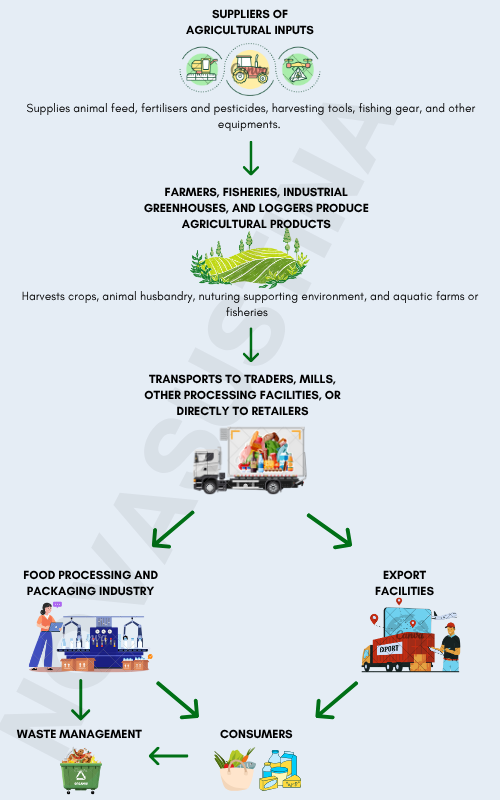

CERTIFICATIONS AND LABELS
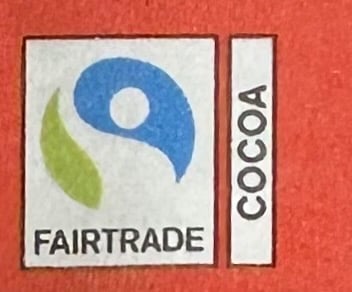

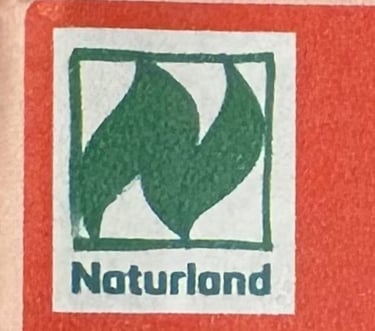



Fairtrade: Ensures fair prices, decent working conditions, and sustainable farming practices for producers in developing countries.
Naturland: German-based certification for organic, fair, and socially responsible farming and aquaculture.
*Picture of label taken from Nucao Chocolate Bar
*Picture of label taken from Nucao Chocolate Bar
EU Organic (EU Öko): EU-wide organic farming certification.
*Picture of label taken from Nucao Chocolate Bar. Identification code noted on the bar has not been included in this photo.


Demeter: Certifies biodynamic farms using regenerative, holistic agricultural practices.
*Picture of label taken from Vivani's Chocolate bar
Certifications and labels can be confusing, especially when distinguishing between those verified by an independent third party and those that are self-declared. In some cases, third-party certification may apply only to a specific input or raw material, rather than every ingredient in a product. For conscious consumers, being aware of the most stringent and reputable certifiers can help guide more informed and responsible purchasing decisions.
Other labels to look for:
https://www.bcorporation.net/en-us/
https://agreenerworld.org/certifications/animal-welfare-approved/
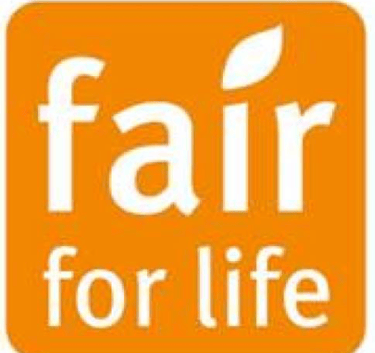

Fair for life: Combines fair trade and responsible supply chain standards with social and environmental criteria.
*Picture of label taken from their website.
Disclaimer for ESG in Agriculture
These guidelines were adopted from the GRI 13 Agriculture, Aquaculture and Fishing Sectors 2022. This does not provide reporting guidelines, rather areas of consideration for the agricultural supply chain purely for educational purposes.
Disclosure
This website does not send email alerts, newsletters, or unsolicited subscription requests. All contact is initiated through the contact form, which enables direct communication via personal email for those who wish to engage further.
All users are encouraged to read our Terms and Conditions
